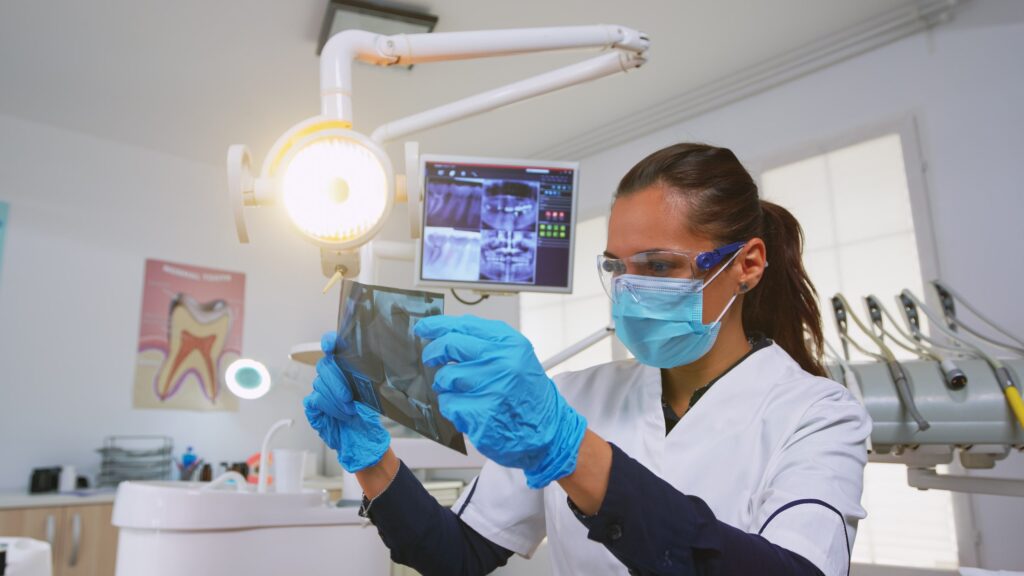Discover the heart of the automotive industry – a world of dynamic engines, sleek designs, and cutting-edge technology – by revving your engines. In this fast-paced world of innovation, where vehicles evolve into smarter machines, one aspect takes center stage: the assurance of reliability and quality in electronic components. Welcome to the world of aec q200 Standards! Whether you’re a seasoned automotive pro or just captivated by its progress, buckle up for a comprehensive journey through the history, significance, testing procedures, and compliance requirements of AEC Q200.
AEC Q200 Standards: Shaping the Automotive Landscape
AEC Q200 standards, like precision engineers, ensure the reliability and performance of electronic components in vehicles. It’s a safety, consistency, and innovation extravaganza! These standards level the playing field for component suppliers, streamlining manufacturing processes and instilling confidence in the quality of components from various sources.
For road safety, adhering to AEC Q200 standards is the superhero cape that prevents component failures leading to accidents. As technology advances, these standards evolve, keeping pace with emerging trends and challenges in the automotive sector.
Components Encompassed by AEC Q200 Standards
Now, let’s talk about components – the unsung heroes ensuring the reliability and quality of automotive electronic systems. AEC Q200 standards play a role in a cast of resistors, capacitors, integrated circuits, and more. Tantalum capacitors take the stage with compact size and high capacitance, facing temperature cycling tests, humidity challenges, and voltage derating guidelines.
Cue ceramic capacitors, known for stability and durability, undergoing tests of thermal shock, mechanical vibration, and electrical stress. The standards extend their reach to semiconductors, sensors, connectors, relays, and filters – a comprehensive lineup ensuring only the most robust components make it into the automotive manufacturing process. AEC Q200 standards as the gatekeepers, subjecting these components to rigorous testing amidst extreme temperatures, vibrations, and humidity, ensuring only the crème de la crème makes it to your vehicle.
Testing Procedures and Requirements for Compliance: An Important Insight
Let’s dive into the thrilling world of testing procedures – the rollercoaster of environmental, mechanical, and electrical challenges components face.
- Environmental Testing
Components endure extreme temperatures, humidity, vibrations, and thermal shock – it’s like a survival challenge for your car’s electronic components.
- Mechanical Testing
Buckle up for durability and strength assessments with bend, solderability, and drop tests. Because your car’s components need to handle the rough and tumble of the road.
- Electrical Testing
Enter the realm of high voltage breakdown tests and insulation resistance measurements – ensuring your vehicle’s electronic performance is top-notch and reliable.
- Documentation Requirements:
Hold tight to your paperwork! Strict documentation is important, detailing test results, certifications, and qualifications. It’s the backstage pass to transparency, traceability, and regulatory compliance.
- Challenges for Manufacturers
Manufacturers grapple with testing challenges, but adherence is important to ensuring automotive component reliability—a commitment to excellence in the fast lane.
- Commitment to Quality
The AEC Q200 standards are a manufacturer’s badge of honor, demonstrating their commitment to delivering top-notch products in the demanding automotive industry.
This insight illustrates the adrenaline-pumping challenges components face before earning their place in your vehicle, revealing the testing procedures in action.
Common Misconceptions about AEC Q200 Standards: Dispelling Myths
Let’s debunk some misconceptions about AEC Q200 standards and unveil the reality.
- Compliance is Mandatory
Compliance is imperative – guaranteeing the reliability and quality of electronic components is non-negotiable in the automotive realm.
- Applicability to a Range of Components
AEC Q200 standards encompass a diverse spectrum of components – capacitors, resistors, inductors, and more. It’s a comprehensive journey, ensuring uniformity and dependability in every electronic part used in automobiles.
- Investment in Quality, Not Increased Costs
Consider it an investment in quality – adhering to AEC Q200 standards can lead to long-term cost savings by minimizing product failures and recalls. It’s a path to financial efficiency.
- No Size Barrier for Small Manufacturers
Size is irrelevant! Compliance with AEC Q200 isn’t exclusive to large players. Companies of all sizes can successfully meet these standards by following proper protocols and collaborating with the right suppliers.
- Continuous Commitment, Not a One-Time Effort
It’s not a one-time affair. Continuous monitoring and improvement efforts are essential. Consider it an ongoing dedication to excellence, not merely a checkbox to tick off.
Tips for Successfully Meeting AEC Q200 Standards: A Strategic Approach
let’s delve into a strategic playbook for success in navigating the realm of AEC Q200 standards.
- Train Personnel and Cultivate a Quality-Centric Culture
Envision your team as the A-Team of AEC Q200 compliance. Provide thorough training and foster a culture where everyone comprehends the significance of compliance. It’s a collaborative effort to uphold elevated standards.
- Stay Current on Updates and Changes
Regularly check for revisions or new editions of AEC Q200 standards and adjust your processes accordingly. Keep your processes up-to-date.
- Establish Traceability
Think of it as GPS for your components: document origin, manufacturing, and testing for each. Traceability is your key to quality control.
- Collaborate with Industry Peers
Engage with industry peers, participate in forums, and collaborate with other automotive supply chain companies. It’s a shared expedition towards excellence.
- Prepare for Audits and Inspections
Envision it as a grand event for your documentation. Be proactive in readiness for audits or inspections. Maintain well-organized documentation, conduct internal audits, and promptly address non-conformities. It’s your moment to showcase excellence.
This strategic approach transcends mere adherence to standards; it’s about mastering them and steering excellence in every facet of your automotive journey.
Future of AEC Q200 Standards in the Automotive Industry: A Forward Gaze
Now, let’s fast forward to the future – an exhilarating glimpse into what lies ahead for AEC Q200 standards.
- Electric Vehicles (EVs)
As electric vehicles surge in popularity, AEC Q200 standards will adapt to confront the distinctive challenges posed by these high-performance machines.
- Autonomous Driving Technology
The ascent of autonomous driving technology will necessitate electronic components with fortified safety features and durability. AEC Q200 standards will illuminate the path, ensuring these components align with the demands of the autonomous future.
- Connectivity and Communication Technologies
Brace yourself for a connected car revolution! With 5G networks becoming standard, AEC Q200 standards will take shape to confront the challenges of seamless communication within connected vehicles. It’s a symphony of quality standards in the era of connectivity.
- Environmental Sustainability
AEC Q200 standards may bestow added significance to components crafted with energy efficiency and environmental considerations in mind. It’s synchronization with the broader industry trend toward eco-friendly practices in automotive manufacturing.
- Adaptability to Rapid Technological Changes
The pace of technological advancement in the automotive industry necessitates the adaptability of AEC Q200 standards. They must synchronize with emerging technologies, ensuring electronic components evolve alongside the needs of modern vehicles.
Conclusion: AEC Q200 Standards – Ensuring Excellence in Automotive Electronics
The AEC Q200 standards emerge as stalwart guardians of reliability and quality in the automotive industry. These standards, displaying adaptability akin to chameleons, seamlessly integrate technological advancements and subject a diverse range of components to stringent testing, ensuring compliance with rigorous criteria.
Adherence to AEC Q200 transcends a mere checkbox; it signifies a dedication to heightened safety for both drivers and passengers. Despite misconceptions regarding complexity and increased costs, strategic planning and collaboration render compliance not only feasible but a pathway to excellence without compromise.
Successfully meeting AEC Q200 standards entails a meticulous journey, spanning from component selection to final assembly. It revolves around achieving robustness and cost-effectiveness, embracing lean methodologies such as Six Sigma principles throughout mass production cycles. The commitment to AEC Q200 standards remains the guiding compass steering excellence and innovation in the continually evolving landscape of automotive electronics.






